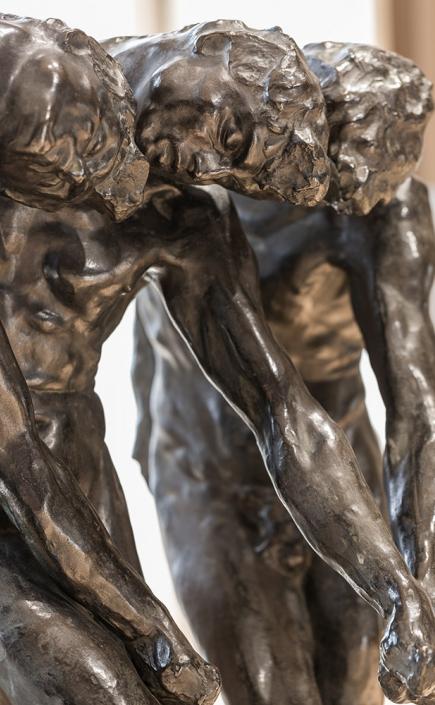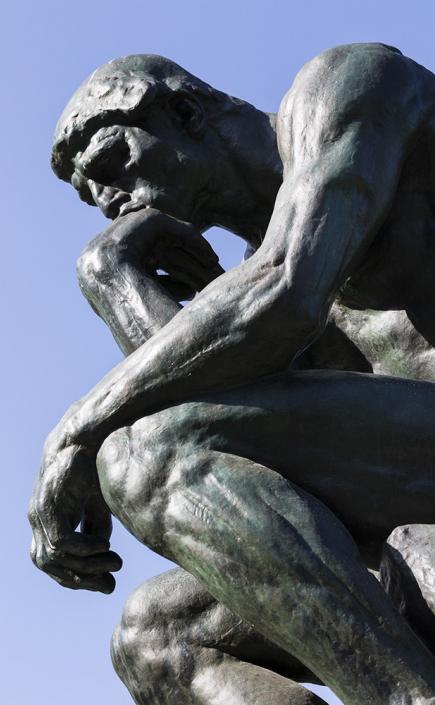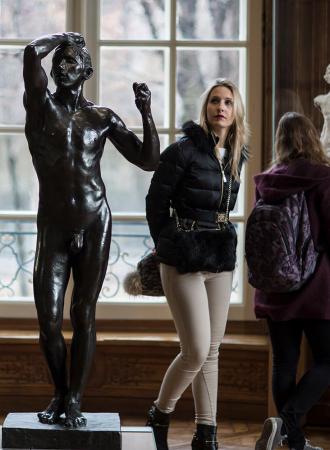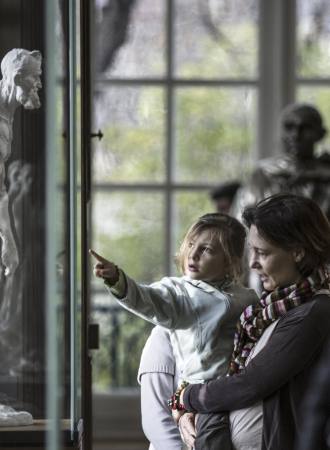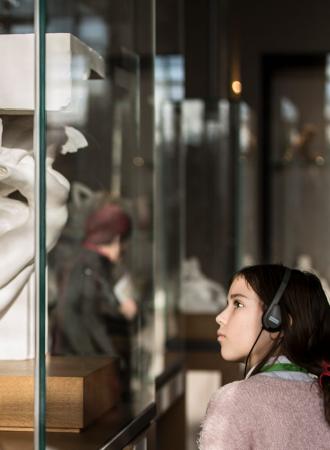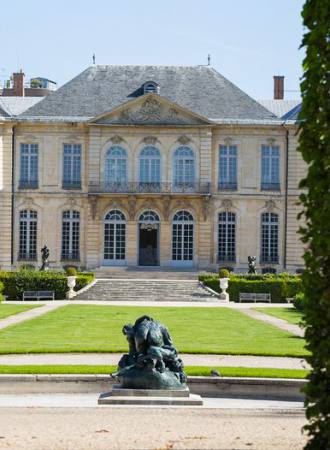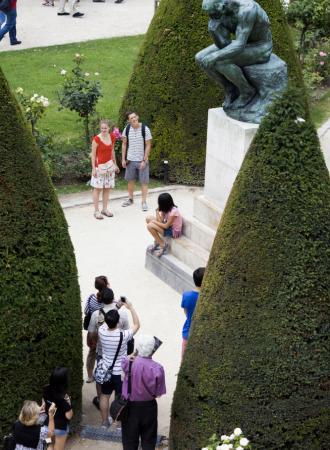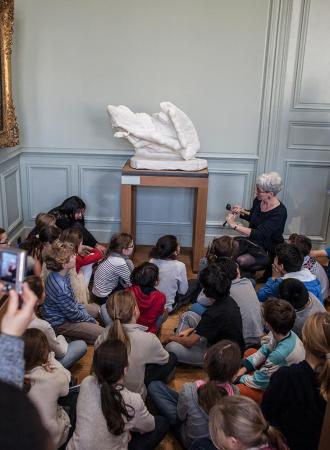Search the site
Meditation or The Inner voice
Auguste Rodin (1840-1917)
Constructed around a sinuous line, her contrapposto incomplete, Meditation originated in a figure on the tympanum of The Gates of Hell, inspired by Michelangelo. She was then reworked into the Monument to Victor Hugo, before being enlarged under the name The Inner Voice. She represented one of the muses who inspired the poet. In order to include her in the monument, Rodin had to remove her arms and amputate part of her legs. Outside of this context, the figure was exhibited in the same state in Dresden and Stockholm in 1897, but because of its unfinished appearance, the public found it hard to understand.
Rodin, however, was extremely fond of this work, which Rilke described as follows: “The arms are surprisingly absent. Rodin felt them in this instance… to be something extraneous to the body which sought to envelop itself without any external aid… The same is true of Rodin’s armless statues; nothing vital is missing. One stands before them as if before a completed whole that brooks no complement,” (Rilke, 1928).
The ARTwork in the museum
Permanent collections – first floor, Room 15
We cannot guarantee the presence of all our artworks; some may be out on loan.
Discover the themes related to the work
Date of conception :
1896
Dimensions :
H. 147 cm ; W. 76 cm ; D. 55 cm
Materials :
Plaster
Inventory number :
S.01125
Credits :
© Agence photographique du musée Rodin - Jérome Manoukian
Additional information
Iconography
- Meditation or The Inner voice(zip, 997.4 ko)
